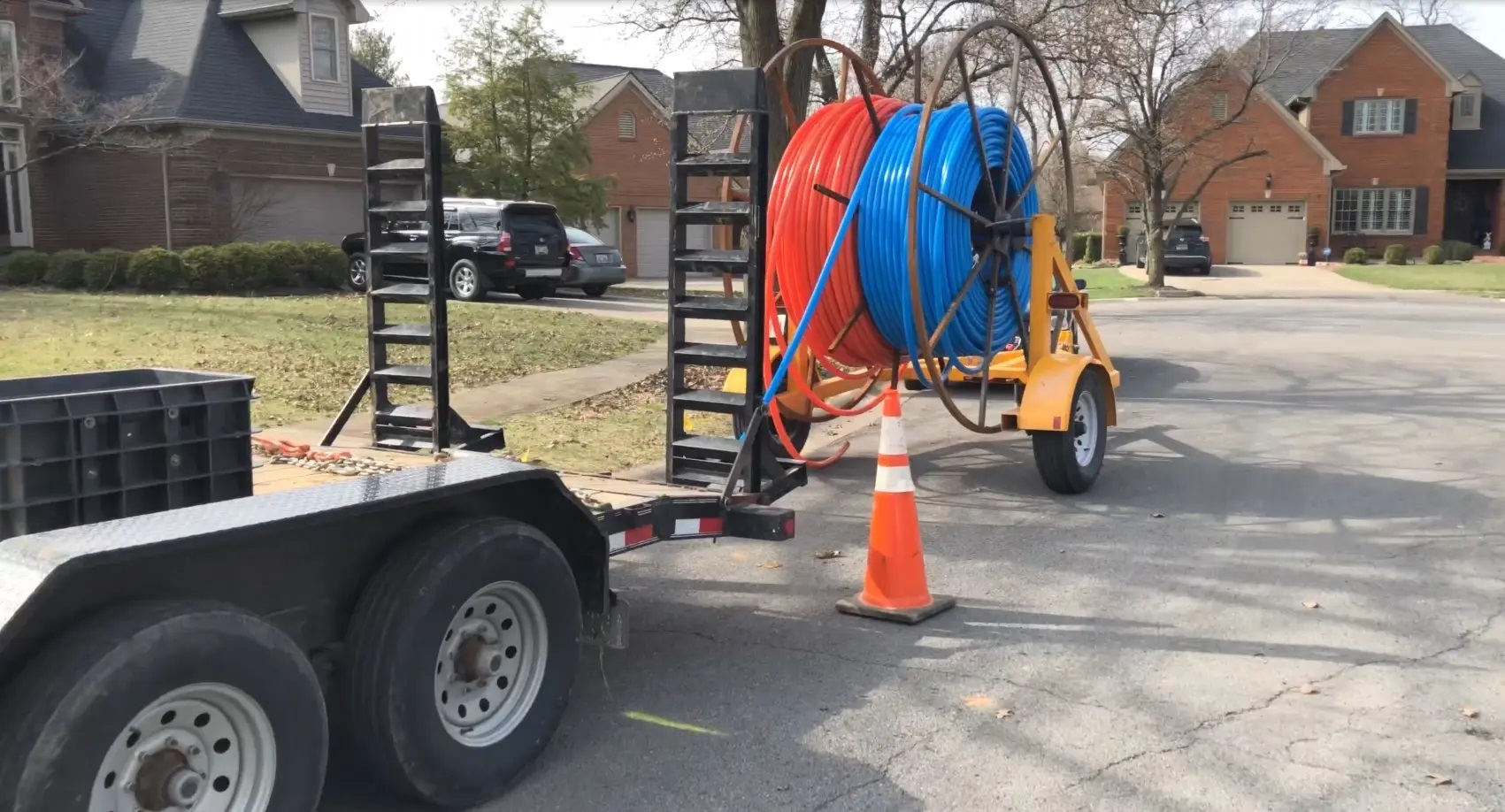Bottlenecks and speed limits are the bane of the Internet of the Future. Speeds are available that cannot always be gained because of old wiring and limited cabling. Gigabit speeds require clean, modern data flows and for consistency that usually means fiber optic networking.
In Greencastle, Indiana, Metronet has completed an ultrahigh-speed fiber network resulting in the city becoming a Certified Gigabit City. Metronet has installed more than 250 miles of fiber optic cable throughout Greencastle, bringing future-proof Gigabit speeds to residents and businesses and is continuing to expand from its initial build plan. The fiber optic network is accessible to a majority of households and businesses throughout the city.
Greencastle is Metronet’s first fiber optic network city and residents and businesses are experiencing the benefits of extremely fast and reliable internet service. Metronet began construction in Greencastle in 2005, as the company’s first market. Since then, Metronet has become the nation’s largest, independently owned 100% fiber optic provider building networks in more than 250 communities in 16 states.
Metronet will continue to provide access to a future-proof infrastructure with multi-gigabit speeds in the very near future, they say. Classification as a Certified Gigabit City Powered by Metronet is earned once a majority of households and business locations have access to Metronet’s symmetrical fiber optic internet speeds of at least 1 Gigabit (1,000 megabits per second). The number of households is based on the total Households (2016-2020) and the number of business locations is based on total All firms (2017) from the U.S. Census Bureau.
By offering XGS-PON technology, Metronet can easily carry its communities into the future of 5GB service. According to the Fiber Optic Association, XGS-PON is an updated standard for Passive Optical Networks (PON) that can support higher speeds, up to 10 Gbps symmetrical data transfer, and is part of the family of standards known as Gigabit-capable PON, or G-PON.
The “X” in XGS represents the number 10, and the letter “S” stands for symmetrical, XGS-PON = 10 Gigabit Symmetrical PON. An earlier, non-symmetrical 10 Gigabit PON version (XG-PON) was limited to 2.5 Gbps in the upstream direction.
The common denominator of all fiber optic PON networks is the unpowered or passive state of the fiber and its splitting or combining components—no active elements such as optical amplifiers, which would require power, are present in the network. With streaming, high definition, 5G and other emerging technologies continually pushing bandwidth demands, the development of XGS-PON and other standards has proven to be essential.
Simultaneous upstream and downstream transmission over the same fiber is made possible through WDM (wavelength division multiplexing). This technology allows one XGS-PON wavelength or color of light transmission for upstream and another for downstream.
Want to tweet about this article? Use hashtags #construction #sustainability #infrastructure #5G #futureofwork


